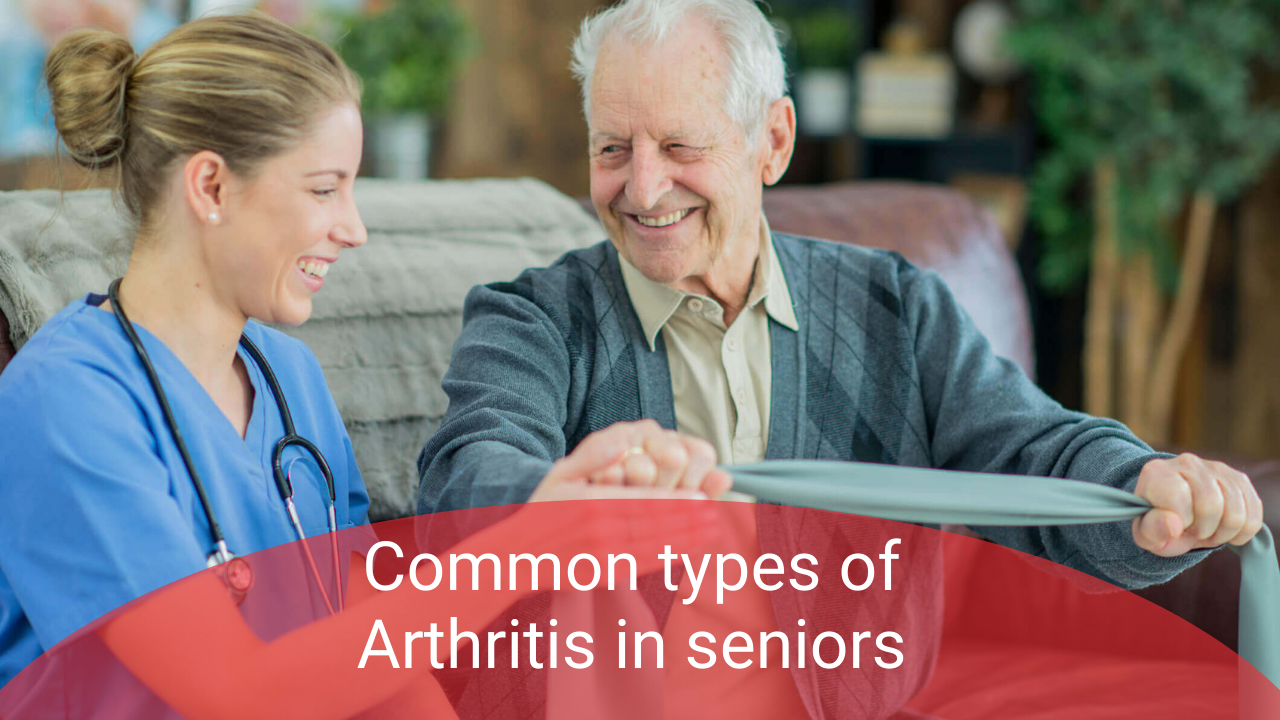Types, Treatments and Tips for Arthritis in Elders
- 17 Jun 2022
- Health
- (0) Comments
Arthritis is not solely present in the elderly; some types also occur in children and young adults. It is also more prevalent in women than men. Arthritis can be divided into more than 100 types, all with variations in effects and severity. It typically manifests between the ages of 60 - 65.
Types, Treatments and Tips for Arthritis in Elders
Arthritis is one of the leading causes of physical disabilities in the United States. Almost 20 percent of the population suffers from arthritis. The common symptoms experienced in Arthritic sufferers are:
1. Pain
2. Joint stiffness
3. Tenderness
4. Joint Inflammation
Arthritis: What is it?
Arthritis can be divided into more than 100 types, all with variations in effects and severity. It typically manifests between the ages of 60 - 65. Arthritis is not solely present in the elderly; some types also occur in children and young adults. It is also more prevalent in women than men.
Below are the types of Arthritis which are most commonly affecting the Elderly:
1. Osteoarthritis (OA)
This type of arthritis only affects the joints, usually in the hands, knees, hips, neck, and lower back. OA is the most prevalent kind of arthritis and occurs when two bones meet. In a healthy joint, the ends of the bones are covered with a smooth, slippery tissue called cartilage which functions as a protective cushion. When the cartilage wears away, bones scrape against one another, causing inflammation, discomfort, and stiffness.
There is no cure for osteoarthritis. It usually gets worse slowly. But there's a lot you can do to manage the symptoms.
2. Rheumatoid Arthritis (RA)
This is a form of arthritis that causes pain, swelling, stiffness and loss of function in your joints. It can affect any joint but is common in the wrist and fingers.
RA is caused by the immune system destroying healthy body cells and is classed as an autoimmune and inflammatory illness.
The symptoms of RA appear between the ages of 25 and 50, most commonly in women and can affect many joints simultaneously.
Severe forms of the disease can last a lifetime.
3. Psoriatic Arthritis
1. Prescribed Drugs
2. Movement or Physically active routine
3. Weight Managing
4. Stretching
5. Care: medically and otherwise
Prescribed Drugs
Excess fat, leading to weight gain, can put a lot of pressure on joints that are already swollen due to arthritis. When dealing with arthritis, it's critical to keep a healthy weight in order to avoid putting extra strain on afflicted joints. An in-home caregiver can assist your loved one in adhering to food and activity recommendations in order to maintain a healthy weight.
Stretching Exercises
The most essential thing is to get yourself educated on Arthritis and its accompanying symptoms. Adhere to input from doctors or other relevant medical personnel. Scheduling consultations and organizing transit to medical appointments can be made easier with the help of an in-home care expert.
Prevention & Recognizing Early Symptoms
Joint discomfort, stiffness, redness and soreness are early symptoms of arthritis. While the autoimmune version of this illness cannot be avoided since the risk factor is firmly tied to heredity, early intervention can mitigate the severity of arthritis.
- Eating a nutritious, well-balanced diet includes anti-inflammatory foods such as oily salmon, olive oil, almonds, and berries.
- Engaging in low-impact exercises like walking, swimming, or yoga At least three times per week,
- Maintaining a healthy weight to relieve joint strain.
Private Elderly Care LLC - We can help
Consider employing a caregiver to assist with tasks that have become more difficult due to arthritis. ADLs (Activities of Daily Living) become more challenging due to pain and stiffness. An in-home caregiver can help with meal preparation, help maintain exercise routines such as walking, administering prescribed medication etc. Click here to see available in-home caregivers that you can hire directly.






Comments (0)